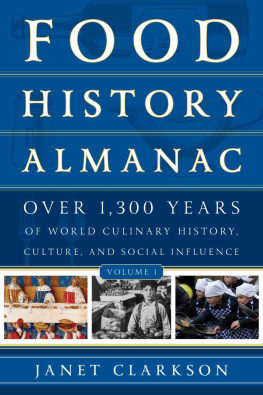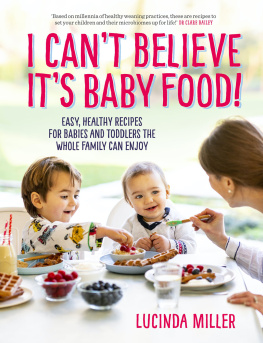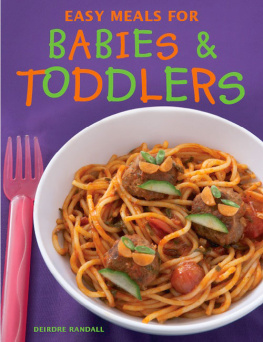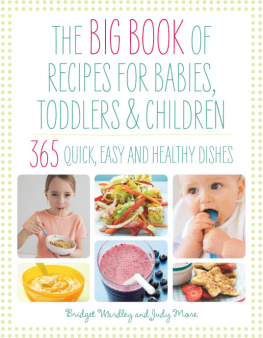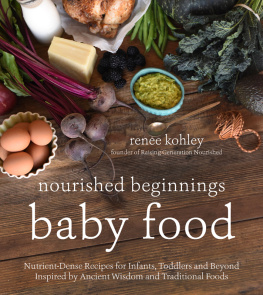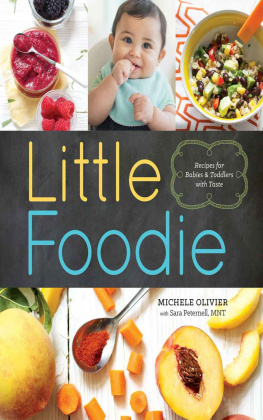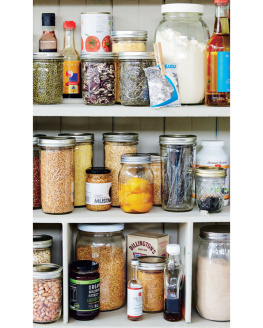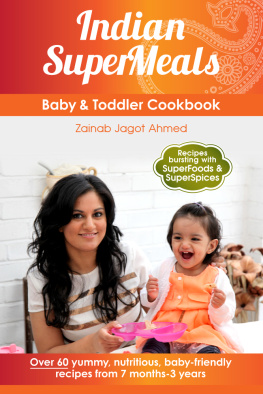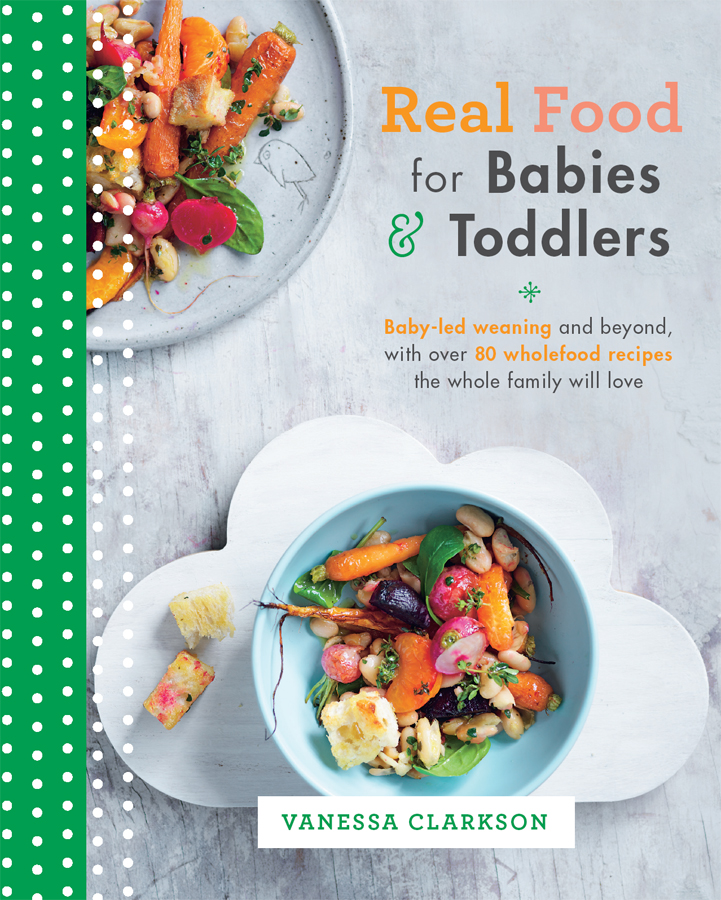
Baby-led weaning nd beyond...
Packed with expert advice, practical strategies, nutritional information and over 80 recipes, Real Food for Babies and Toddlers offers a more natural way of introducing wholefoods to children during the all-important first 1,000 days of life. It also rescues parents from the tiresome task of making separate meals for the youngest members of the family. Using a baby-led weaning approach rather than the traditional method of spoon-feeding pure allows parents to observe and respond to their babys natural cues and introduce a world of bright, flavourful, nutrient-rich foods from the get-go.
Internationally renowned nutrition expert and mother of two Vanessa Clarkson presents predominantly plant-based, seasonal dishes that are delicious and completely adaptable for self-feeding babies, toddlers and their families. This is a modern collection of family-focused, beautiful meals that the whole family will love sitting down to enjoy, together.
Vanessa r son is a registered dietitian, wholefood nutrition expert, cook and writer. As a mother of two, Vanessa is passionate about cultivating a love of real food in children and believes that this needs to begin as early as possible.
In a career spanning over a decade Vanessa has worked tirelessly to advocate for change in the food we eat by advising some of the worlds largest food and drink companies on the things they can do to improve the nutritional content of their products and market them in a more responsible manner.
Vanessa has also earned a distinction in her Masters Degree in Food Policy from the highly regarded policy unit at City University in London, where she studied wider food issues such as sustainability, animal welfare and ethics. She is recognised internationally in her field and currently acts as an advisor to the Australian government on food and nutrition issues.
Vanessa was born in the UK and now lives, writes and cooks on the beautiful Mornington Peninsula, just outside of Melbourne, Australia. This is her first book.
For more, visit vanessaclarkson.com or @vanessaclarkson on Instagram
Dedicated to the little food explorers of this world may these early lessons bring you messy faces, full tummies and happy hearts.
Cont
Learning to
ove Real Foo
Question: Are we born liking some foods and disliking others, or do we learn what appeals to us and what doesnt?
If we truly aspire to fostering a love of real food in our children, understanding how much of this is in our hands nurture versus how much is out of our hands nature can have a huge impact on our resolve. And when I say resolve, what I mean is the doggedness that you are going to need in order to persevere with offering your child the broccoli or the hummus or the [ insert here whatever food you want your child to love ] when they are adamant that they are not going to eat what you have lovingly prepared for them. Not for all the tea in China or all the toys in the toyshop, as it were.
Well, quite simply, I can answer this question by telling you that children eat what they like and like what they know. In other words, we learn. We learn to like broccoli, just as we learn to ride a bike, and just like riding a bike it takes practice, practice and more practice.
Sure, some foods are naturally easier for us to like, and there are reasons for that, which I will talk about shortly. But just know that its all up for grabs. It may not necessarily be easy, but it is entirely possible to teach our children to love real food. And food school starts sooner than you think.
Food school
You wont recall the first time you ever tasted an apple and not simply because you were too young to remember, but also because you werent even born when it happened. Lessons begin when were but a bundle of cells. From as early as 8 weeks after conception, our tastebuds start to appear. By halfway through pregnancy, we pass at least some of our days mastering the art of sucking and swallowing. With plenty of time to practise, fast-forward to a month or so before were born and we have actually become quite good at this new skill, enjoying as much as a litre (35 fl oz) of amniotic fluid each day.
... before weve even taken our first breath, weve already unknowingly learned quite a lot about the world of food that we are about to enter.
Our indisputable first food, amniotic fluid is ever changing in flavour depending on what a mother eats. We know this because scientists have been able to take samples and can tell us correctly whether a mother has recently eaten garlic or spices, inhaled tobacco and so on. And so before weve even been born, before weve taken our first breath, weve already unknowingly learned quite a lot about the world of food we are about to enter.
Food school continues as a baby is fed breast milk. With breast milk, whatever a mother enjoys for breakfast, her baby will sample for lunch. As with amniotic fluid, the flavour of breast milk varies. From an evolutionary perspective, this transfer of flavours offers a survival advantage teaching our young what is OK and safe to consume, preparing them for a time when they can and are expected to feed themselves. For most babies, the transition to solid food generally referred to as weaning or complementary feeding begins around the 6-month mark. Over time, babies gradually increase their consumption of solids and reduce their reliance on breast milk (or infant formula), to meet their nutritional requirements.
Life in a baby bubble
Babies and young children live in a completely different sensory world from older children and adults. If we look at sweetness, for example, all babies are born liking it, and their preference is especially high during growth spurts. Indeed, its probably truer to say that little ones do not just like sweetness, they adore it. To put this in perspective, one of the largest studies to look at this (involving more than 900 participants) found that, given the choice, children preferred a sugar concentration equivalent to 11 teaspoons or about 45 g (1 oz) of sugar in a 200 ml (7 fl oz) glass of water. That is more than twice the amount found in popular brands of cola! Not until later in adolescence does this liking for sweetness start to dip to the sort of level were familiar with as adults.
When it comes to saltiness, on the other hand, newborns are quite indifferent to it. From somewhere between 2 and 6 months of age, they can spot salty flavours, and this develops into a stronger preference between 3 and 11 years of age again, at a more heightened level than we would be used to experiencing as adults.





